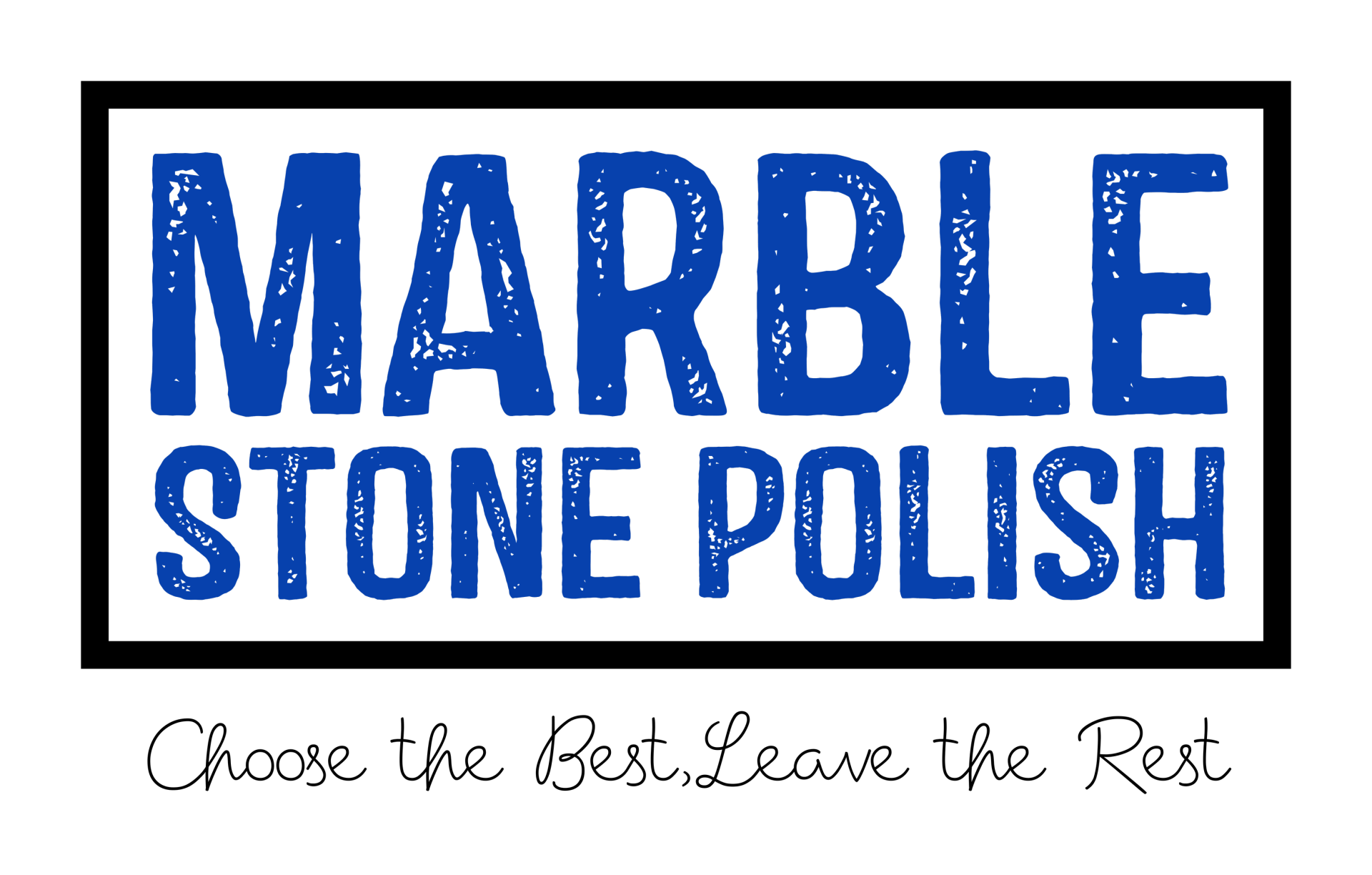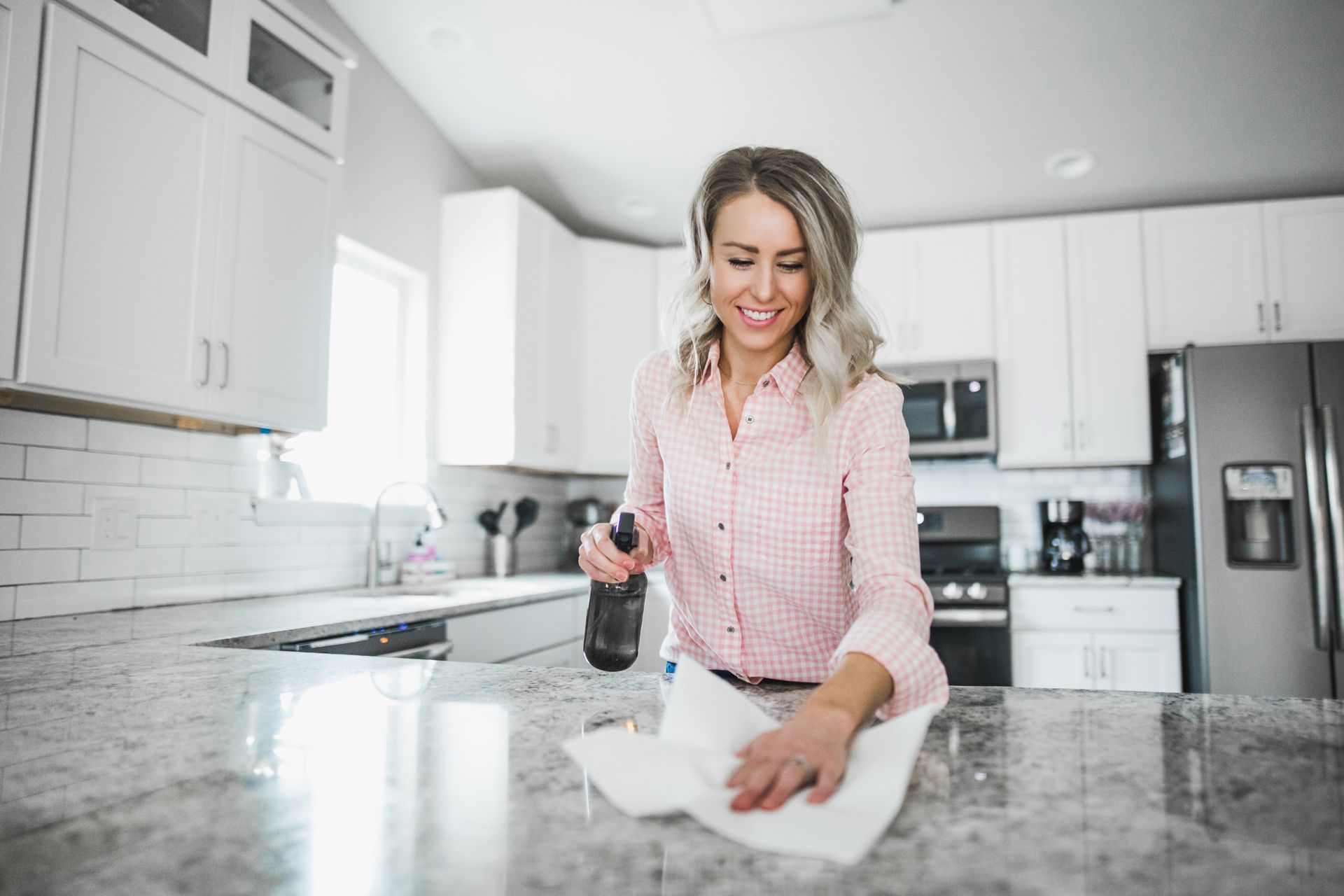Common misconceptions about taking care of your natural stone

There are several misconceptions when it comes to taking care of your natural stone. In fact, some cleaning solutions may do more harm than good. It’s important to take care of your stone with the right products and choose a team that’s knowledgeable about the proper application process.
Here are some misconceptions to consider the next time you are caring for your natural stone
Natural cleaning products
Natural cleaning products may seem like a good idea but some, like vinegar, actually do more harm than good. Vinegar or other natural cleaners
can cause etching on marble and other natural stone. Etching looks like the dulling of your surface when it’s cleaned with the wrong chemical repeatedly over a period of time.
Maintain your home
Don’t mistreat your natural stone and consider maintenance an essential part of care. Many homeowners mistakenly assume natural stone can only truly be cleaned by a professional but often times professionals will often find stone that has been neglected. Maintenance is always a good idea by the homeowner to protect their home. A professional will take care of your deep cleaning needs but it’s best to make sure your natural stone is maintained on a regular basis.
Understanding your natural stone
Typically natural stones should be sealed during installation however homeowners often assume professional care should end there. This isn’t necessarily true. Understanding what type of stone you own and the best way to maintain it is key to its proper care and longevity. Regular sealings can help prevent stains for natural stones, as well. Typically, natural stones should be sealed during the installation and every year after that. Doing this will not only keep your countertops clean, but it’ll also protect it from everyday wear and tear in the kitchen.
Natural stone isn’t necessarily expensive
Natural stone floors and countertops are expensive. This also isn’t necessarily true. Although some types will certainly look luxurious and appear to be more expensive, many types are quite affordable. Depending on your budget, natural stone may be right for your home. With the right maintenance and care, natural stone can also be a low-cost yet decorative addition to your home.
If you are looking for a team of professionals to take care of all of your cleaning needs, then contact Marble Stone Polish. We are your floor and surface care experts and will work to save you maintenance costs in the long run by keeping your stone looking terrific.


